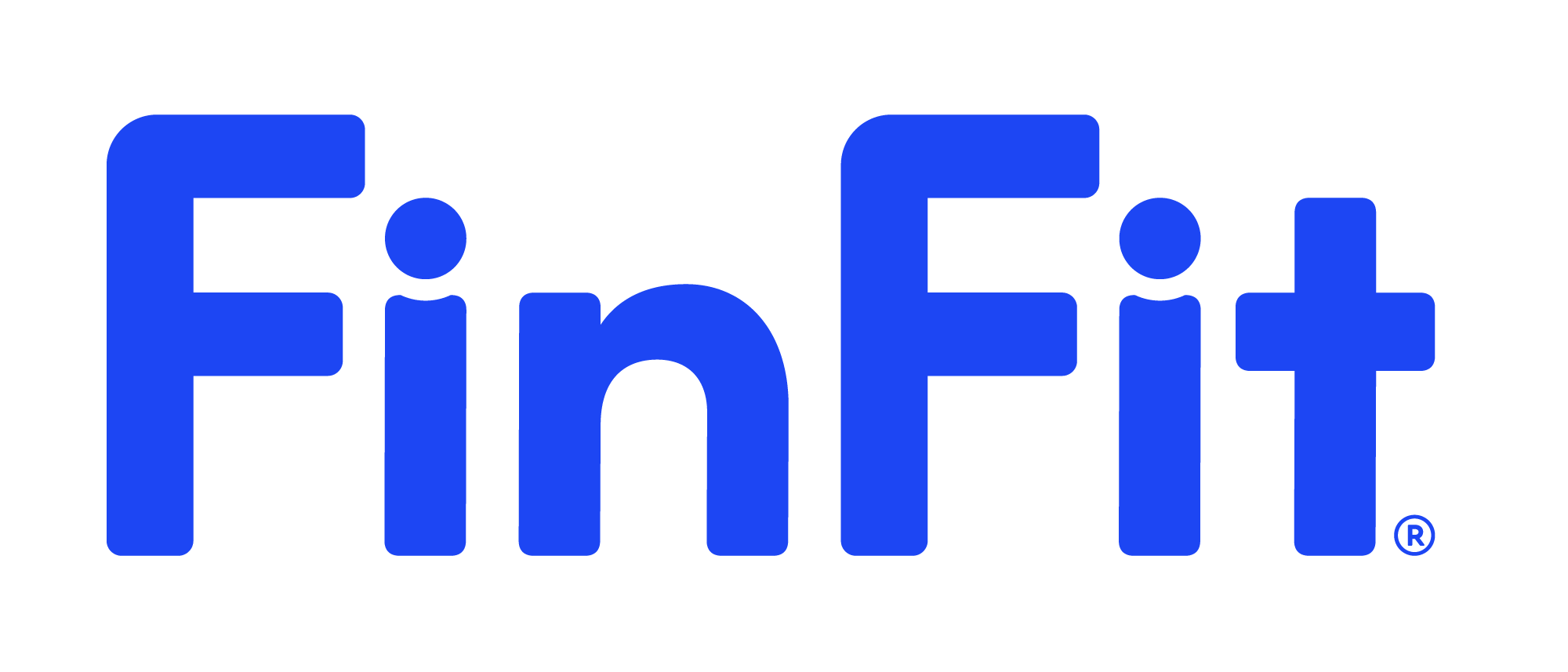In today’s financial climate, adapting to economic shifts is crucial. The 50/30/20 rule, recommended for its straightforwardness, suggests dividing your take-home pay into 50% for necessities, 30% for desires, and 20% for future financial growth. Yet, in times of economic squeeze or income fluctuation, this strategy may need recalibration.
FinFit recognizes the diverse financial realities many face post-pandemic, offering actionable steps for crafting a spending plan that aligns with your current situation.
Step 1: Identify Your Spending Ceiling
Kickstart by calculating your monthly expenditure limit. Include your net income, any unemployment benefits, accessible emergency funds, and additional resources. Aim to exclude reliance on credit as a primary resource. This evaluation sets the stage for a realistic financial blueprint.
Step 2: Audit and Adjust Monthly Outlays
Scrutinize past spending to differentiate between essential costs and discretionary spending. Utilize FinFit’s budgeting tools for an insightful review of your finances, allowing for the identification of potential savings in areas like subscriptions or dining out. Integrating financial goals as ‘essential’ fortifies their importance.
Step 3: Innovative Savings Strategies
Explore negotiations or refinancing options with your mortgage lender, and inquire about assistance programs from utility providers. For groceries, consider cooperative bulk purchasing with others to stretch your budget further. Soliciting an external perspective on your budget might unveil additional savings avenues.
Step 4: Navigating Debt Management
Examine your loan agreements for deferment or reduced payment options to safeguard your cash flow and credit standing. Prioritize minimum payments on credit cards to avoid detrimental effects on your credit score, steering clear of high-interest payday loans.
Step 5: Monitor Spending and Acknowledge Success
Document your revised budget and track expenditures using digital or manual tools, aligning with FinFit’s resources for financial management. Celebrating budgeting victories fosters motivation and financial discipline.
Self-Care Amid Financial Management
Recognizing the intertwined nature of financial and mental well-being, FinFit emphasizes the importance of self-care. Financial stress can significantly impact mental health, making it vital to balance fiscal responsibilities with personal wellness.
Amid financial adversities, FinFit encourages patience and perseverance. Finding a budgeting method that suits your circumstances can be a journey, but with the right tools and mindset, financial stability is within reach.
 Learn
Learn